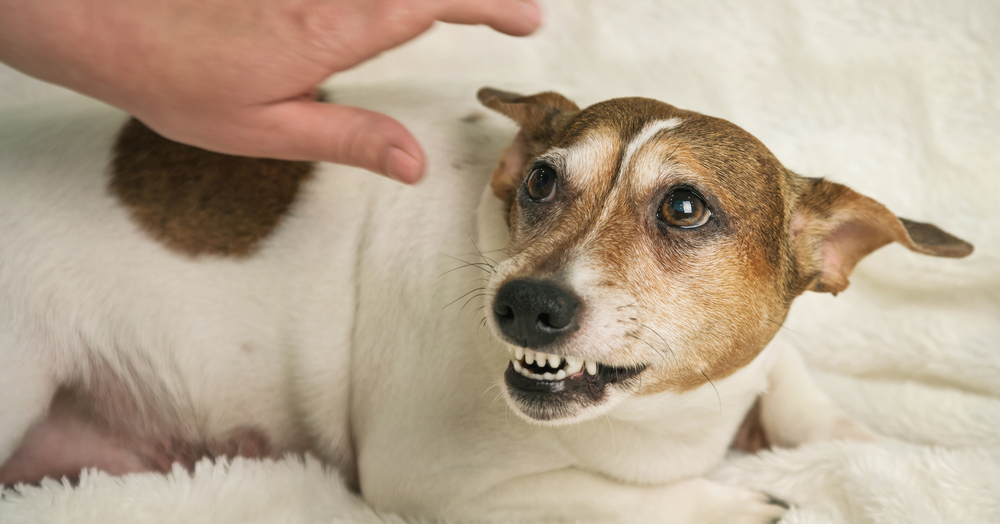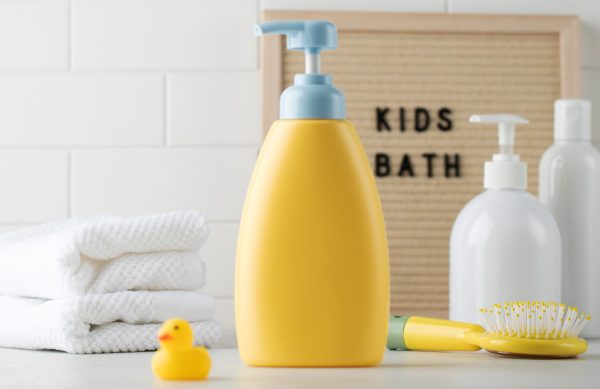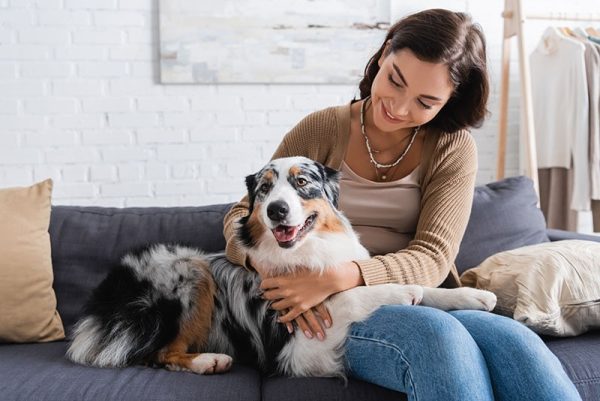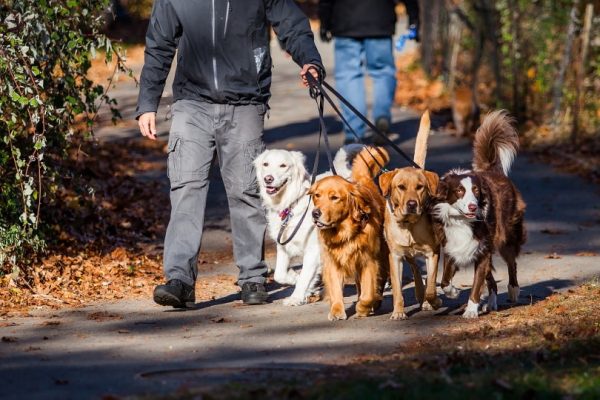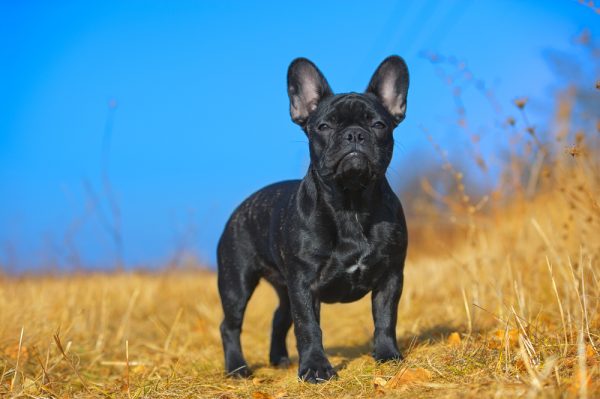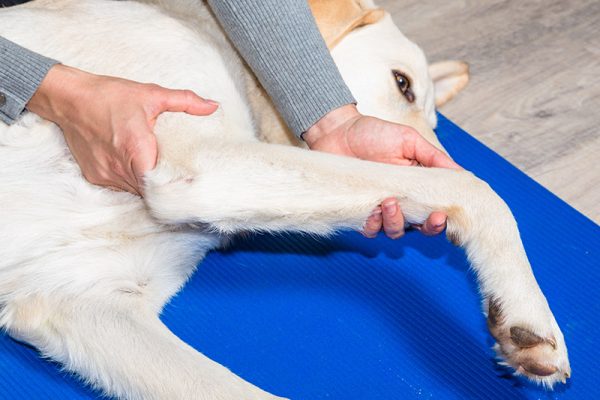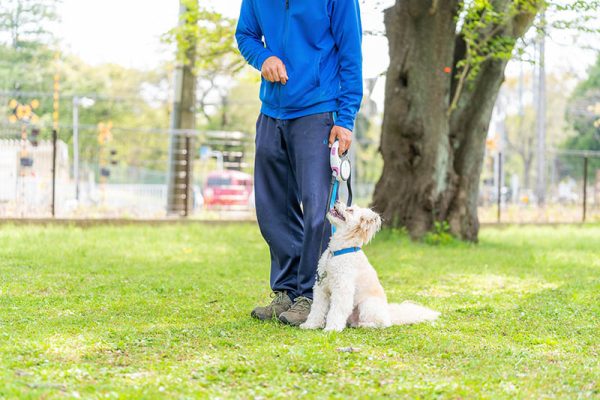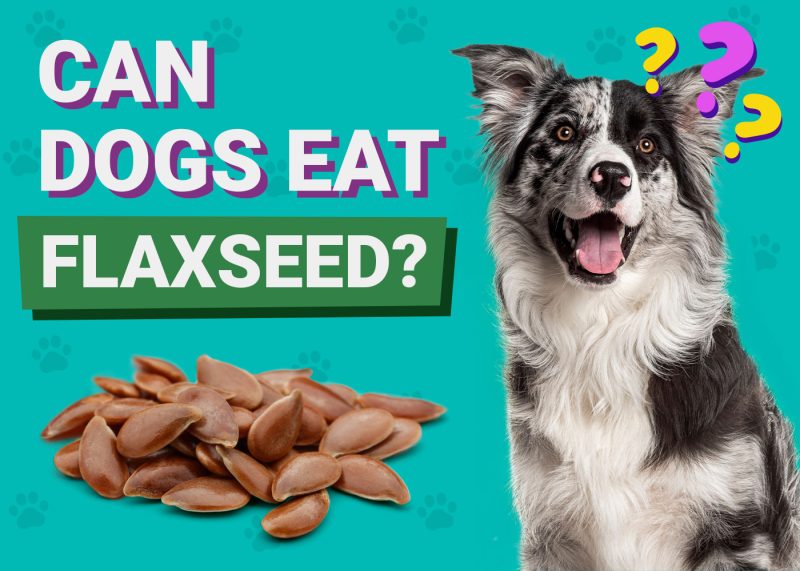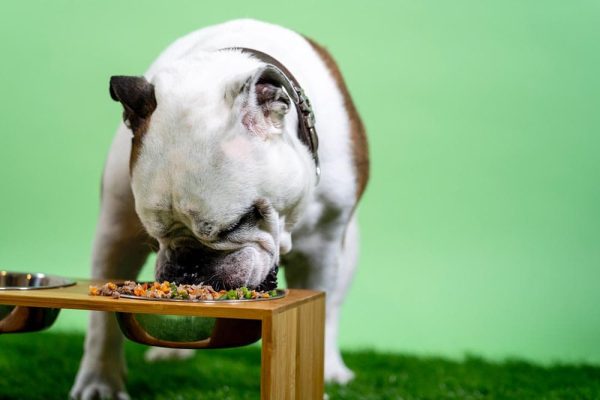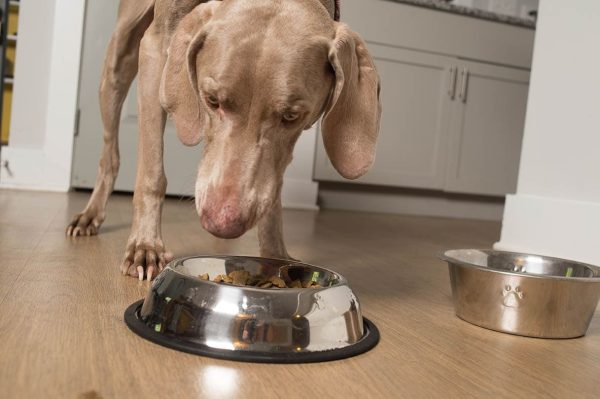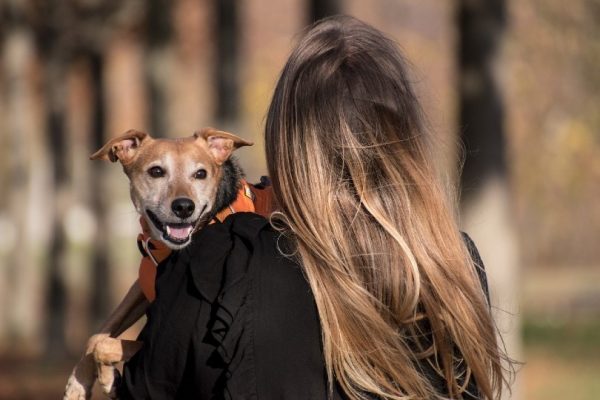As loving dog parents, we want to interact with our dogs in a tactile way, so it can be disheartening when your dog is reluctant to be touched or petted. The reasons for this can range from a general dislike of petting to a medical issue that makes it painful or uncomfortable for them to be touched in certain areas. Another possible reason is that some dogs have trust issues due to past trauma.
So, what can we do to make our touch-shy canine friends more comfortable? In this guide, we’ll share some top tips on steps to take if your dog doesn’t like to be touched.

What to Do If Your Dog Doesn’t Like to Be Touched
First of all, if your dog has recently started to be reluctant to be touched when they once liked it, please seek veterinary advice. This may be a sign that your dog is unwell or has been injured in some way and doesn’t want to be touched because they anticipate pain or discomfort.
If your dog is well but doesn’t like being touched in general, here are some tips.
1. Respect Your Dog’s Boundaries
Though it may be disappointing when your dog shies away from your hand, it does more harm than good to force them to be petted when they don’t want to be. Instead, it’s all about letting your dog come to you, something that may take time, especially if your dog has experienced past trauma, like abuse by a previous caregiver.
Keep your hands to yourself while your dog is getting used to you to show them that you respect their boundaries—this helps to build up trust. Meanwhile, you can encourage your dog to come to you gradually.
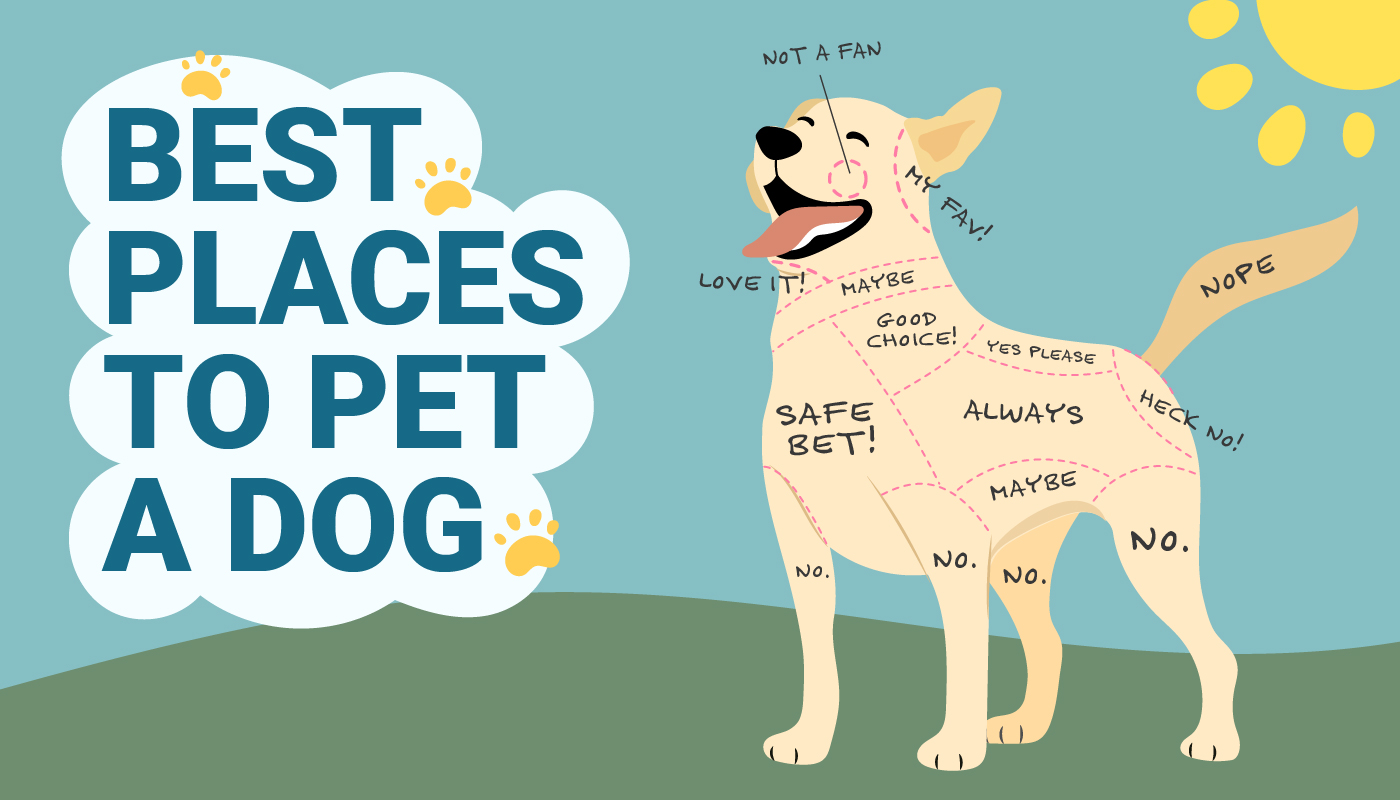
2. Build Trust
Hand-feeding your dog helps build trust, especially if they’re a new dog and need time to feel safe with you. If your dog won’t come right up to your hand, that’s fine. You can throw treats in their direction or drop them nearby.
Gradually decrease the distance between the treat and you to encourage your dog to come closer, and they may eventually feel confident enough to take a treat from your hand. This builds positive associations by showing the dog that your hand means something good is coming their way! While you do this, speak to your dog in a calm, reassuring tone.
3. Don’t Move Too Soon
When your dog has started coming to your hand, try letting your hand rest alongside them without actually petting them right away. When they’re comfortable being close to your hand or are coming over to sniff or lick your hand, try reaching out a finger to scratch their chin without moving your hand from its original position. You don’t want to scare your dog with sudden, unexpected movements.
With time, you might be able to gently start petting your dog’s chin. Avoid swooping in over their head or toward their face, as this can be interpreted as an act of aggression or dominance. If your dog moves away, let them go. If they move in closer to you or lean on you, you can continue.
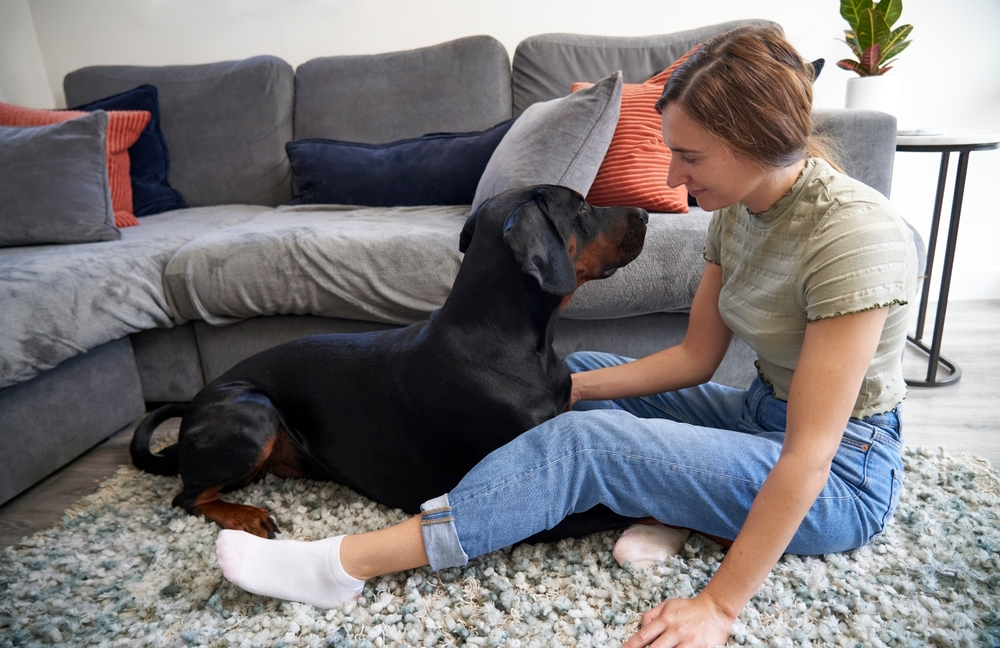
4. Adapt Your Petting Style
Some dogs like petting but are picky about the areas they like to be touched. As we touched on in the previous section, many dogs are uneasy about being petted on the top of their heads because it makes them feel vulnerable. Pay attention to the areas your dog enjoys being touched and stick to those.
Your dog may show you where they like to be petted by presenting that part of their body to you—sometimes unceremoniously if it’s a butt scratch they favor. Other areas many dogs enjoy petting are under the chin, around the ears, the shoulders, and the chest, but this can vary from dog to dog.
5. Accept That Every Dog Is Different
Not every dog that dislikes being petted has experienced trauma. Some simply prefer not to be petted or only like to be touched in certain places or at certain times. In addition, bear in mind that just because your dog likes to be petted by you, this doesn’t mean they’ll appreciate the same attention from a stranger.
Whatever the case, accept the way your dog is and their preferences. It’s fine to continue encouraging them by working on your bond and creating positive associations, but not every dog is tactile or a big cuddler, and that’s okay. They may show affection in other ways, like being close to you a lot of the time or wanting to play with you.
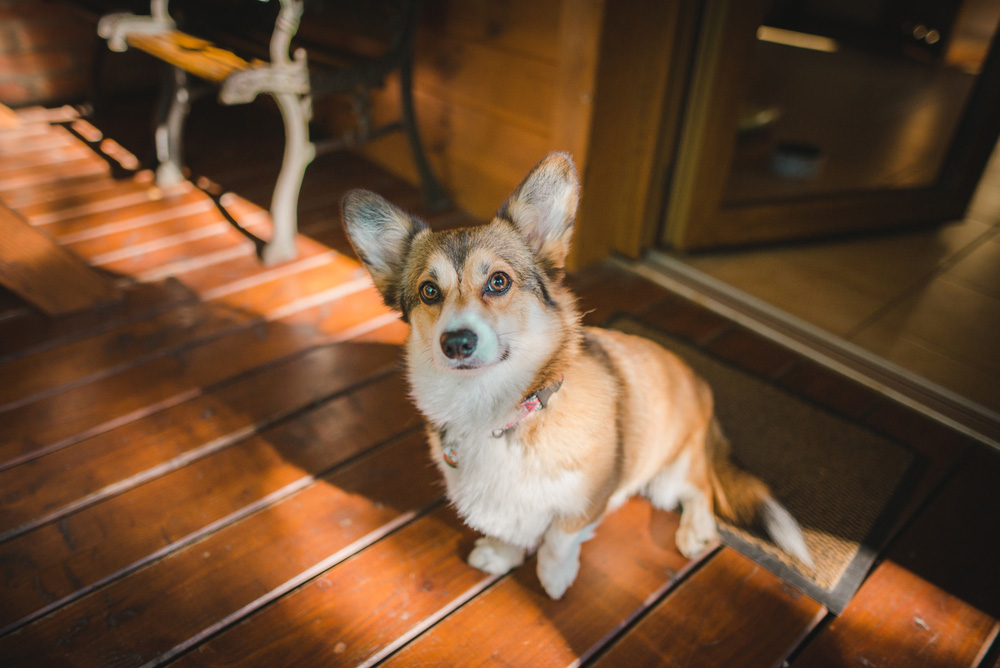
6. Work with a Professional
Some dogs simply don’t like petting all that much but are still well-adjusted and happy. For dogs who are anxious or have experienced trauma, you may consider working with a veterinarian or professional behaviorist if you’re struggling to get them to come around.
If you need to speak with a vet but can't get to one, head over to PangoVet. It's our online service where you can talk to a vet online and get the advice you need for your pet — all at an affordable price!


Final Thoughts
Parenting a dog that doesn’t like to be touched takes a mixture of patience and acceptance. By tuning in to their preferences and continuing to work on building a bond of trust with them, your dog may eventually start to enjoy being touched.
Nevertheless, some dogs are never all that keen on petting and simply prefer to show love in other ways, and this isn’t a reflection on you as their carer. Remember that every dog is an individual with individual needs, boundaries, and characteristics, and there’s nothing wrong with that.
On a final note, to reiterate, please go to a vet if your dog has suddenly stopped wanting to be touched to get to the root of the issue, which may be medical and require treatment.
Featured Image Credit: Bonsales, Shutterstock
